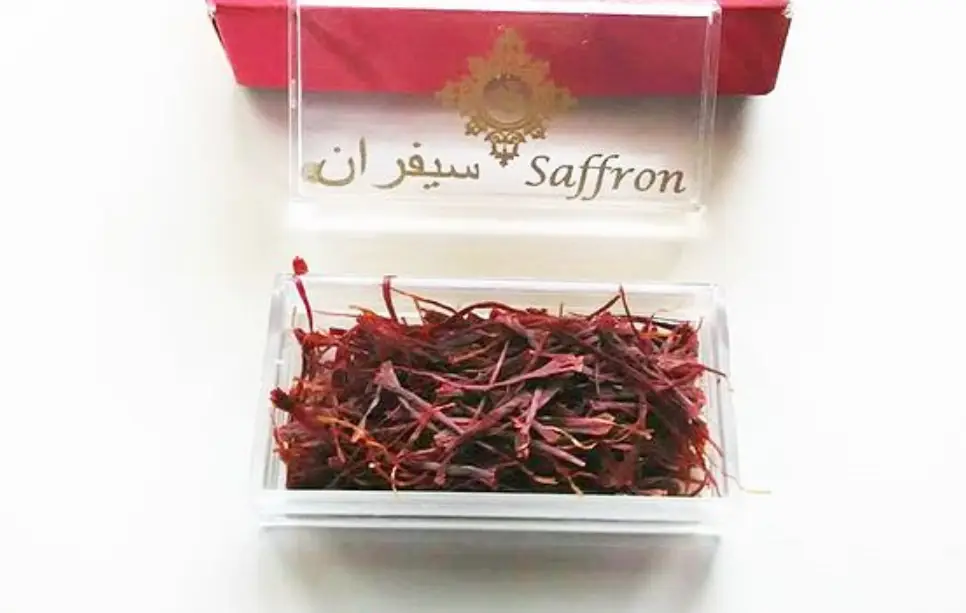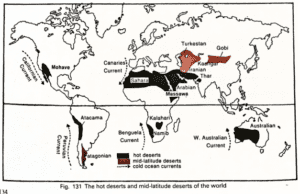Table of Contents
Significance of Geographical Tag of – Kashmir saffron
Kashmir saffron is a very precious and costly product. With the GI tag, Kashmir saffron would gain more prominence in the export market and also stop adulteration prevalent in the trade of Kashmir saffron.
As Iran is responsible for 90–93% of global production, with much of their produce exported. High-grade Kashmiri saffron is often sold and mixed with cheaper Iranian imports; these mixes are then marketed as pure Kashmiri saffron, a development that has cost Kashmiri growers much of their income.
Uses of Kashmir Saffron | UPSC – IAS
- Kashmir saffron is renowned globally as a spice (Saffron is the most expensive spice in the world). It has been associated with traditional Kashmiri cuisine and represents the rich cultural heritage of the region.
- The unique characteristics of Kashmir saffron are its longer and thicker stigmas (thread-like structures, or stigma), natural deep-red colour, high aroma, bitter flavour, chemical-free processing.
Uniqueness of Kashmir Saffron
- It is the only saffron in the world grown at an altitude of 1,600 m to 1,800 m AMSL (above mean sea level), which adds to its uniqueness and differentiates it from other saffron varieties available the world over.
- Location – It is cultivated and harvested in the Karewa (highlands) of Jammu and Kashmir.
- It is used in cosmetics and for medicinal purposes.
Types of Kashmir Saffron | UPSC – IAS
The saffron available in Kashmir is of three types —
- Lachha Saffron – with stigmas just separated from the flowers and dried without further processing;
- Mongra Saffron – in which stigmas are detached from the flower, dried in the sun and processed traditionally; and
- Guchhi Saffron – which is the same as Lachha, except that the latter’s dried stigmas are packed loosely in airtight containers while the former has stigmas joined together in a bundle tied with a cloth thread.
Benefits of Kashmiri Saffron
- Kashmir saffron rejuvenates health and is used in cosmetics and for medicinal purposes.
- There is also growing evidence that saffron may help improve mood and be a useful addition to treatment for depression.
- Saffron is high in antioxidants, which may help kill cancer cells while leaving normal cells unharmed. However, more human research is needed.
- Both eating and smelling saffron appears to help treat PMS symptoms, such as irritability, headaches, cravings, pain, and anxiety.
- Improved heart disease risk, blood sugar levels, eyesight, and memory. However, more studies are needed to draw stronger conclusions.
- Antioxidants help fight against oxidative stress and free radicals in the body. The main active antioxidants include:
- Crocin
- Picrocrocin
- Safranal




